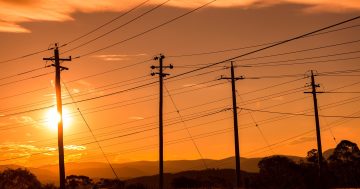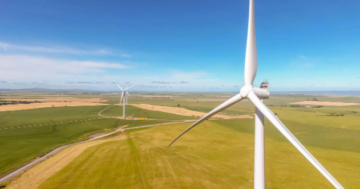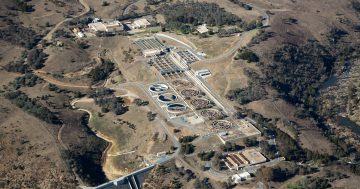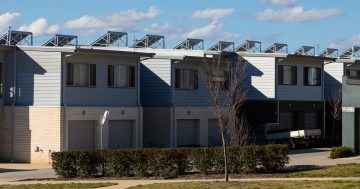
The growth in renewable energy generation is bringing down electricity prices. Photo: Windlab.
Average Canberra households could soon be paying more then $100 less a year for their electricity thanks to the growth in renewable energy.
According to the ACT Independent Competition and Regulatory Commission’s draft decision on regulated retail electricity prices for the next four years from 1 July, a typical customer on ActewAGL’s standing offer contracts could expect to see a 6.75 per cent fall in average retail electricity prices in 2020-21.
This translates to a cut of $113 off their annual bill, while non-residential customers could see reductions from $697 per year for a large customer to $174 for a small customer.
It would mean that ACT consumers would continue to pay among the lowest standing offer electricity prices in Australia.
The ICRC says the decrease reflects falling prices in the wholesale electricity market, driven by the growth in renewable energy generation.
This has cut the cost of national green schemes, contributing 4.1 percentage points of the estimated price reduction, with cheaper wholesale energy costs contributing to the balance of the decrease.
The ICRC says network costs, which make up about 40 per cent of overall electricity prices, are not expected to change substantially when the Australian Energy Regulator releases them in May.
The ICRC also took up the vexed issue of electricity companies’ different deals, making two recommendations to the ACT Government to make them clearer and easier to compare.
It said that more than 1000 ACT electricity consumers responded to its survey about their experiences in comparing electricity offers, with only 18 per cent indicating they were “confident” their current electricity plan was best for their circumstances. Many (48 per cent) said they didn’t use comparison websites.
While the highest and lowest market offer is less in the ACT than in other jurisdictions, most consumers still find it hard to compare offers, mainly due to the large number of offers and tariff types, the discounting practices of retailers, and the complexity of terms and conditions in plans.
The ICRC has recommended that a reference bill for a typical consumer should be developed, based on regulated prices, to provide customers with a common point of comparison for assessing offers.
It also believes retailers should have to tell customers whether they are on the best offer and how much they would save by switching, depending on their circumstances.
It is also encouraging retailers to regularly tell their customers that they can visit the AER’s Energy Made Easy website to check whether there is a better offer available from another retailer.
The ICRC draft decision, which is based on information up to 29 January, 2020, will be updated in its final report using the most recent data available up to the end of May.
It is now open for public comment, and it can be found at https://www.icrc.act.gov.au/energy/electricity/retail-electricity-prices-2020-24.




















